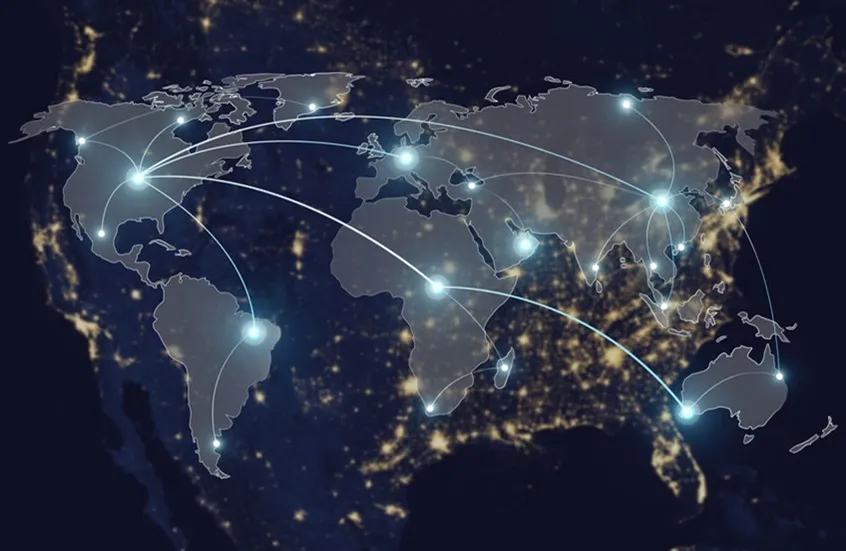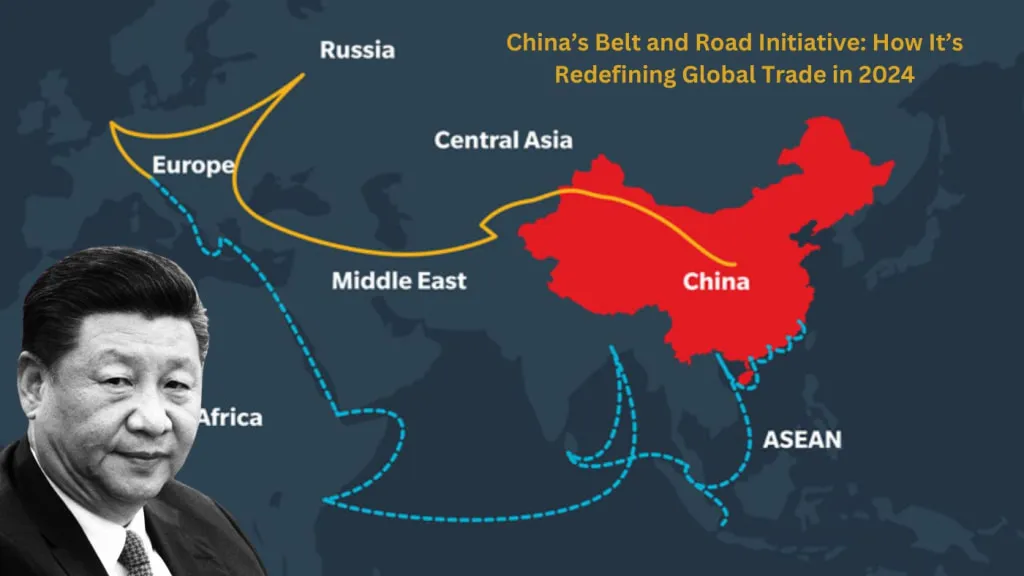中国快讯 (ChinaCrunch) 为中国读者提供及时的加密新闻、市场洞察和监管动态。
Regulatory Tightening Around Cross-Border Data
IntroductionChina’s regulatory landscape for cross-border data transfer is undergoing significant tightening in 2025. The government aims to safeguard sensitive information, enforce data sovereignty, and maintain cybersecurity while balancing economic growth and technological innovation. These measures affect technology companies, fintech platforms, and multinational enterprises











